A substitution mutation in cardiac ubiquitin ligase, FBXO32, is associated with an autosomal recessive form of dilated cardiomyopathy
- PMID: 26768247
- PMCID: PMC4714499
- DOI: 10.1186/s12881-016-0267-5
A substitution mutation in cardiac ubiquitin ligase, FBXO32, is associated with an autosomal recessive form of dilated cardiomyopathy
Abstract
Background: Familial dilated cardiomyopathy (DCM) is genetically heterogeneous. Mutations in more than 40 genes have been identified in familial cases, mostly inherited in an autosomal dominant pattern. DCM due to recessive mutations is rarely observed. In consanguineous families, homozygosity mapping and whole exome sequencing (WES) can be utilized to identify the genetic defects in recessively inherited DCM.
Methods: In a consanguineous family with four affected siblings with severe DCM, we combined homozygosity mapping, linkage analysis and WES, to uncover the genetic defect.
Results: A region of homozygosity (ROH) on chromosome 8q24.13-24.23 was found to be shared by all of the four affected siblings. WES detected ~47,000 variants that were filtered to a homozygous mutation (p.Gly243Arg) in the FBXO32 gene, located within the identified ROH. The mutation segregated with the phenotype, replaced a highly-conserved amino acid, and was not detected in 1986 ethnically-matched chromosomes. FBXO32, which encodes a muscle-specific ubiquitin ligase, has been implicated in the pathogenesis of cardiomyopathy through the ubiquitin proteasome system (UPS). In addition, FBXO32-knockout mice manifest with cardiomyopathy. Screening the index patient for all of the WES variants in 48 genes known to be implicated in hypertrophic and dilated cardiomyopathy was negative.
Conclusions: Our data suggest that FBXO32 is a candidate gene for recessive DCM. Acting as a cardiac ubiquitin ligase, mutated FBXO32 could perturb the degradation of target proteins in the UPS, the impairment of which has been observed in cardiomyopathy. Our work proposes that genes encoding other ubiquitin ligases could also be implicated in familial cardiomyopathy.
Figures
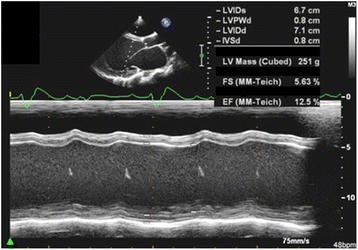
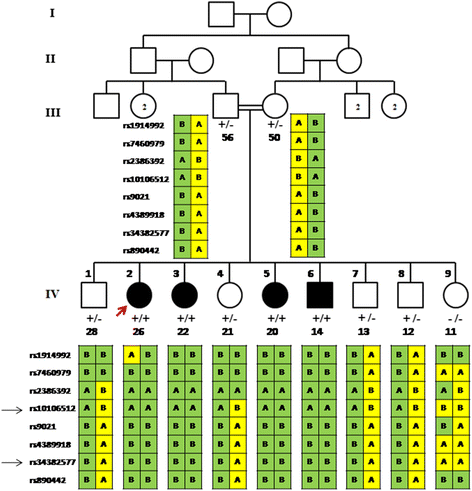
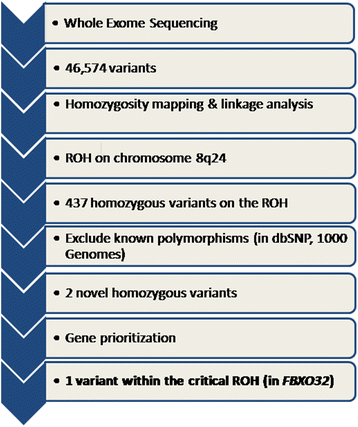

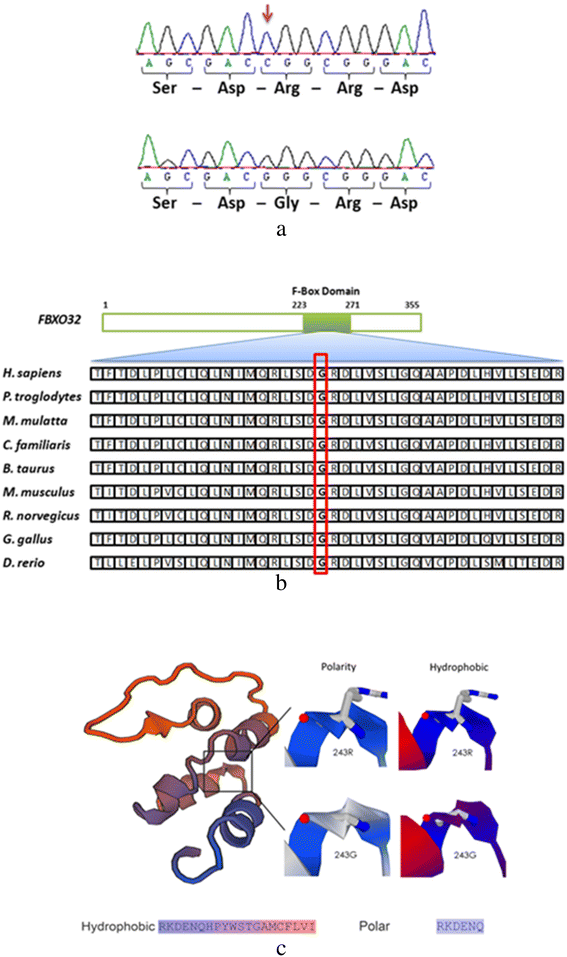
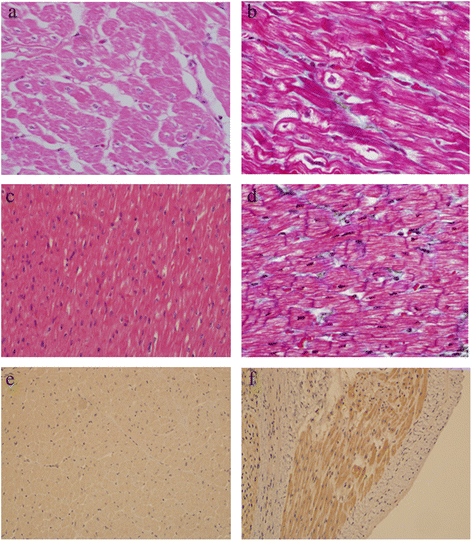
Similar articles
-
A novel likely pathogenic variant in the FBXO32 gene associated with dilated cardiomyopathy according to whole‑exome sequencing.BMC Med Genomics. 2022 Nov 7;15(1):234. doi: 10.1186/s12920-022-01388-5. BMC Med Genomics. 2022. PMID: 36344977 Free PMC article.
-
FBXO32, encoding a member of the SCF complex, is mutated in dilated cardiomyopathy.Genome Biol. 2016 Jan 11;17:2. doi: 10.1186/s13059-015-0861-4. Genome Biol. 2016. PMID: 26753747 Free PMC article.
-
Homozygosity mapping and exome sequencing reveal GATAD1 mutation in autosomal recessive dilated cardiomyopathy.Circ Cardiovasc Genet. 2011 Dec;4(6):585-94. doi: 10.1161/CIRCGENETICS.111.961052. Epub 2011 Sep 30. Circ Cardiovasc Genet. 2011. PMID: 21965549 Free PMC article.
-
Molecular basis of hypertrophic and dilated cardiomyopathy.Tex Heart Inst J. 1994;21(1):6-15. Tex Heart Inst J. 1994. PMID: 8180512 Free PMC article. Review.
-
Current perspective new insights into the molecular basis of familial dilated cardiomyopathy.Ital Heart J. 2001 Apr;2(4):280-6. Ital Heart J. 2001. PMID: 11374497 Review.
Cited by
-
Identification of miRNA-mRNA-TFs Regulatory Network and Crucial Pathways Involved in Tetralogy of Fallot.Front Genet. 2020 Jun 12;11:552. doi: 10.3389/fgene.2020.00552. eCollection 2020. Front Genet. 2020. PMID: 32595699 Free PMC article.
-
Roles of Cullin-RING Ubiquitin Ligases in Cardiovascular Diseases.Biomolecules. 2022 Mar 8;12(3):416. doi: 10.3390/biom12030416. Biomolecules. 2022. PMID: 35327608 Free PMC article. Review.
-
Whole-Exome Sequencing Reveals Novel Genetic Variation for Dilated Cardiomyopathy in Pediatric Chinese Patients.Pediatr Cardiol. 2019 Jun;40(5):950-957. doi: 10.1007/s00246-019-02096-1. Epub 2019 Apr 16. Pediatr Cardiol. 2019. PMID: 30993396
-
Promoting proteostasis by cAMP/PKA and cGMP/PKG.Trends Mol Med. 2025 Mar;31(3):224-239. doi: 10.1016/j.molmed.2024.10.006. Epub 2024 Oct 29. Trends Mol Med. 2025. PMID: 39477759 Review.
-
ZBTB17 loss-of-function mutation contributes to familial dilated cardiomyopathy.Heart Vessels. 2018 Jul;33(7):722-732. doi: 10.1007/s00380-017-1110-4. Epub 2018 Feb 14. Heart Vessels. 2018. PMID: 29445930
References
-
- Boucek MM, Aurora P, Edwards LB, Taylor DO, Trulock EP, Christie J, et al. Registry of the International Society for Heart and Lung Transplantation: tenth official pediatric heart transplantation report--2007. J Heart LungTransplant. 2007;26:796–807. doi: 10.1016/j.healun.2007.06.006. - DOI - PubMed
-
- Online Mendelian Inheritance in Man. http://omim.org. (accessed 22 June 2014).
Publication types
MeSH terms
Substances
Supplementary concepts
LinkOut - more resources
Full Text Sources
Other Literature Sources
Molecular Biology Databases

